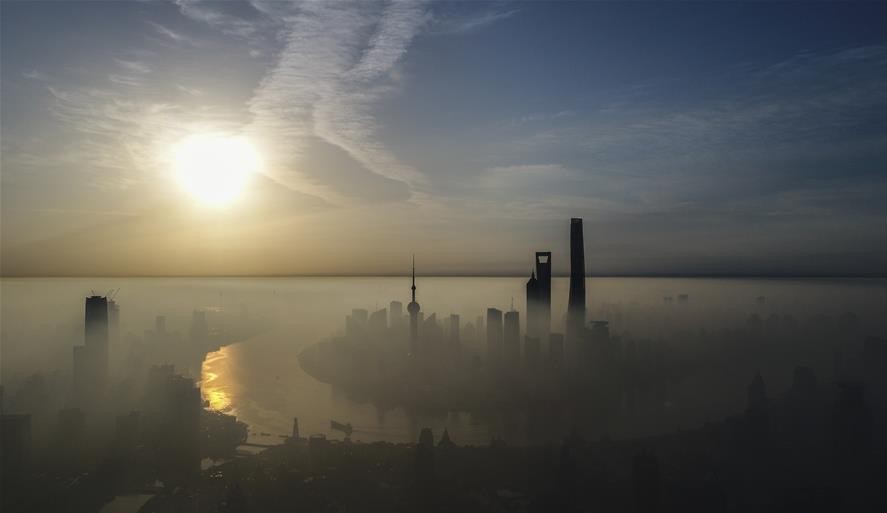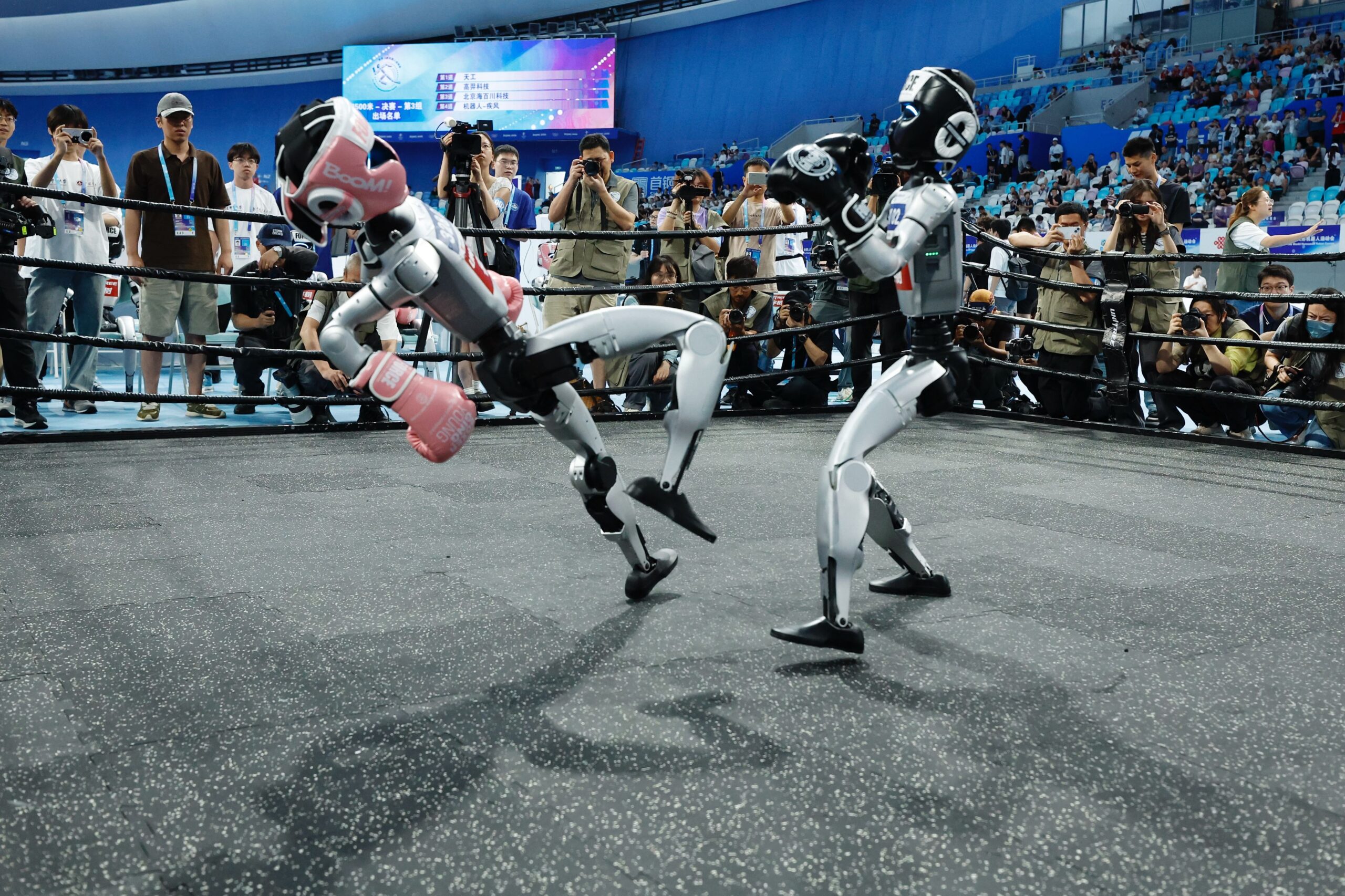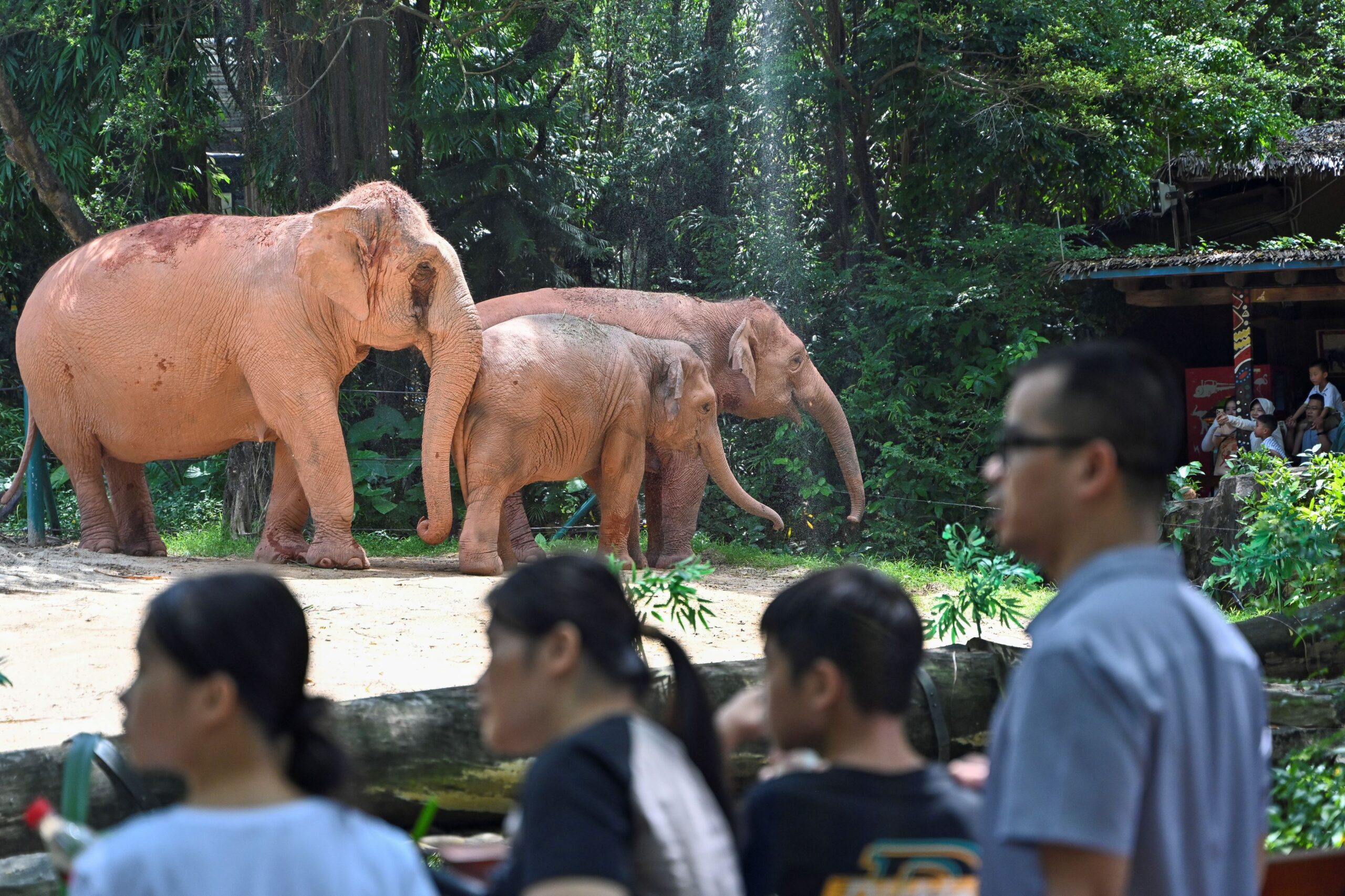Chinese Metropolis are often listed as the biggest cities in the world.
From major cities to those less well-known, by some counts, there are over 100 cities in China with more than 1 million residents. It is unsurprising that in a heavily urbanised country with a population of 1.4 billion, there are a lot of large cities. However, what makes a city? In many cases, Chinese cities are not what they seem.
What makes a city?
According to the 2020 China census there were 901.99 million people living in urban areas. That is out of just over 1.4 billion people. This was 63.89|% of China’s population. This urban population had increased by 236.42 million from the last census in 2010. A massive 14.21% increase. However, how much of this population is actually urban? The way China administers its regions has caused massive confusion about how many people actually live in each city.
China is split into several administrative levels, ranging from the provincial level at the top, all the way down to the small community level divisions at the bottom. The problems start at the top, where among China’s provincial-level divisions there are four municipalities – Beijing, Chongqing, Shanghai, and Tianjin. The large population numbers for some of these cities come from counting the population of these provincial-level “municipalities” despite in reality these administrative divisions have an urban centre that is a city, then a large amount of rural areas as well.
This continues at the lower levels, where China’s administrative divisions of prefecture and county-level cities can both include significant rural areas. A higher prefecture-level city, can include multiple county-level cities as part of its administrative area. So while the on paper administrative area can have a massive population, the actual urban area can be significantly smaller. This is often the reverse of other countries, where the administrative city of a place like London is smaller then its urban area.
Shanghai
Shanghai is perhaps the most famous Chinese metropolis. The country’s financial capital is also a hub for technology and business, not to mention a popular tourist destination. Whatever way you count it, Shanghai’s population is massive. With both the administrative area and the actual urban population being around 24 million. By most counts, at 24 million people, Shanghai is the largest city in China.
Beijing
Beijing is the capital of China, and along with Shanghai one of its most famous cities and most popular tourist destinations. Another provincial-level city, the full administrative area of Beijing, has a population of over 20 million. However, the actual urban area is several million smaller at around 18 million. Large parts of the provincial-level city of Beijing are actually forests, mountains, and rural villages.
Chongqing
Since it was created by cleaving a chunk off Sichuan province in 1997 to create a new provincial-level city, Chongqing has regularly been referred to as the largest city in the world. However, this may be confusing for anyone who lives there or has visited. While the urban core is undeniably large, if you head outside the urban core, you are soon in the countryside.
The city’s administrative division is around 82,000 km2 with a massive population of 32,000,000. However, the actual urban built-up area is significantly smaller, with an area of only around 5,500km2 and a population of about 9.5 million.
While based on administrative borders, it’s the world’s largest city, in reality it is comparatively small to the likes of Shanghai and Beijing.
Pearl River Delta
While in Chongqing, the actual urban city is significantly smaller than the administrative area, it can go the other way.
The Pearl River Delta is a name that has been coined for a group of cities around the Pearl River estuary in southern China. Officially it is referred to as the ‘ Guangdong–Hong Kong–Macao Greater Bay Area’. It includes Guandong, Hong Kong, Shenzhen, and more cities.
Individually many of the cities are already massive, but as they have grown, they have started to spread into each other, creating a situation that could be argued is a single urban megacity. By some counts, the combined population is over 80 million.
What is the largest city in China?
Chinese metropolis are often massive in scale. However, the actual population of them can vary significantly. In many cases, the population of a city is actually much smaller then it is on paper. While Shanghai is generally counted as the largest city in China and one of the largest in the world, by administrative divisions Chongqing is larger, and if they continue to grow the cities in the Pearl River Delta may merge into one massive megacity.
If you liked this article why not read: Who is Unc that Followed IShowSpeed Across China?














